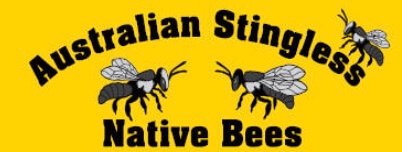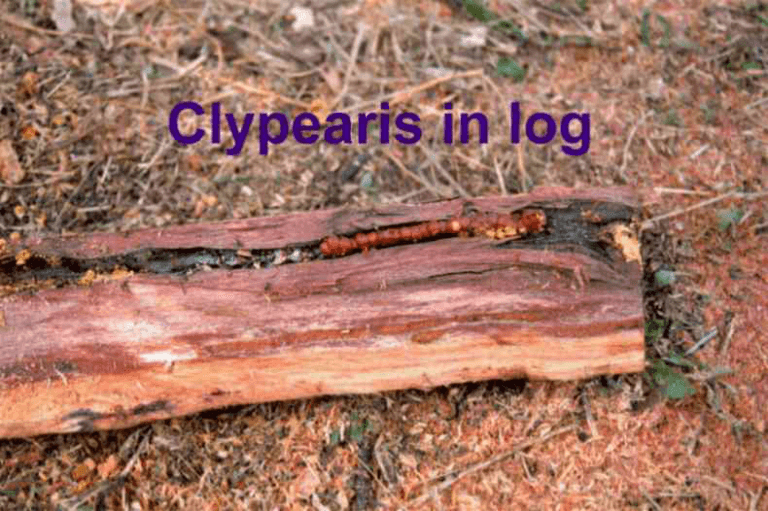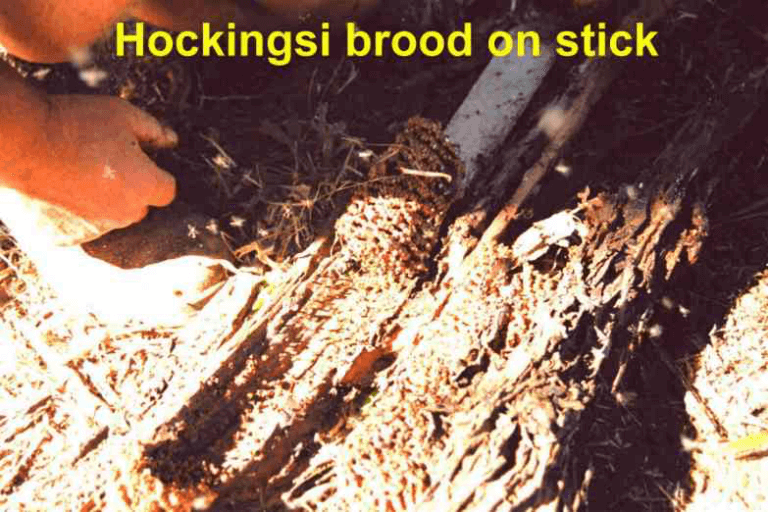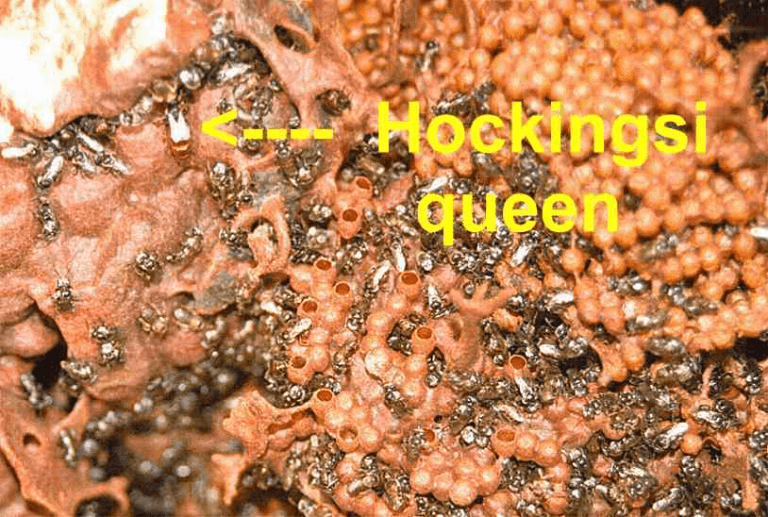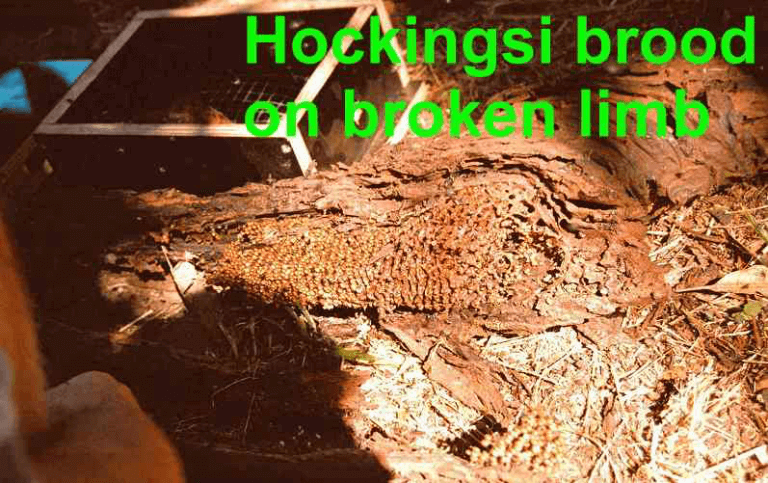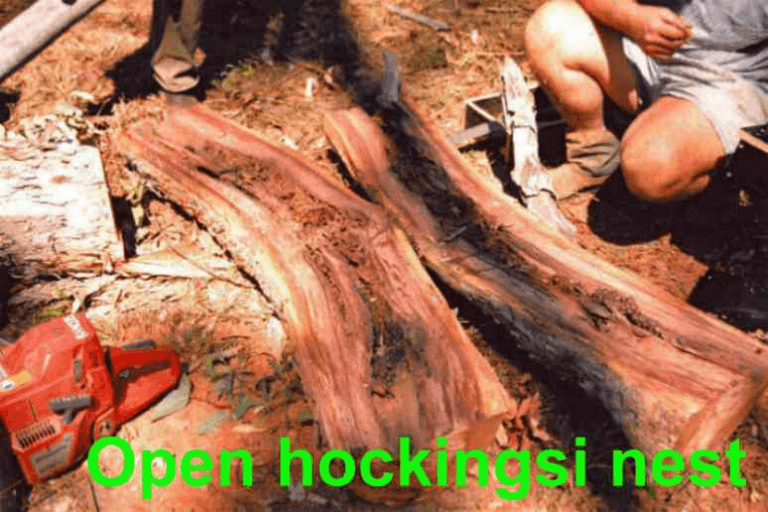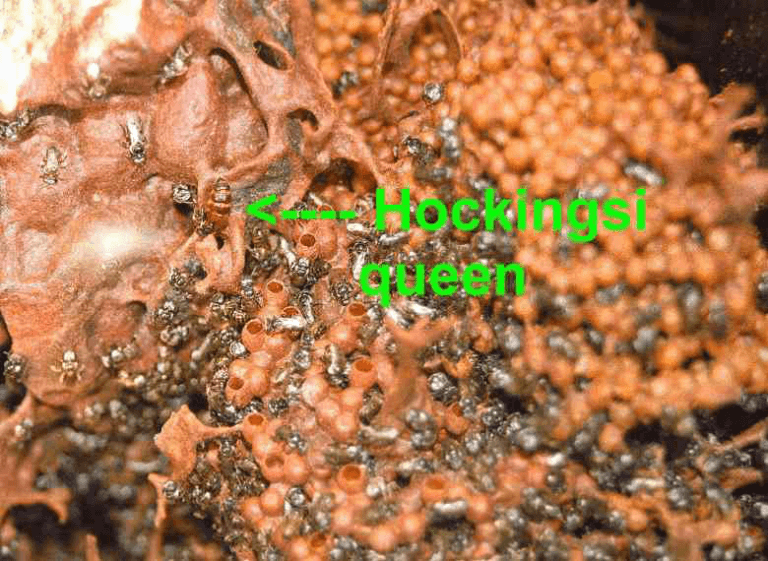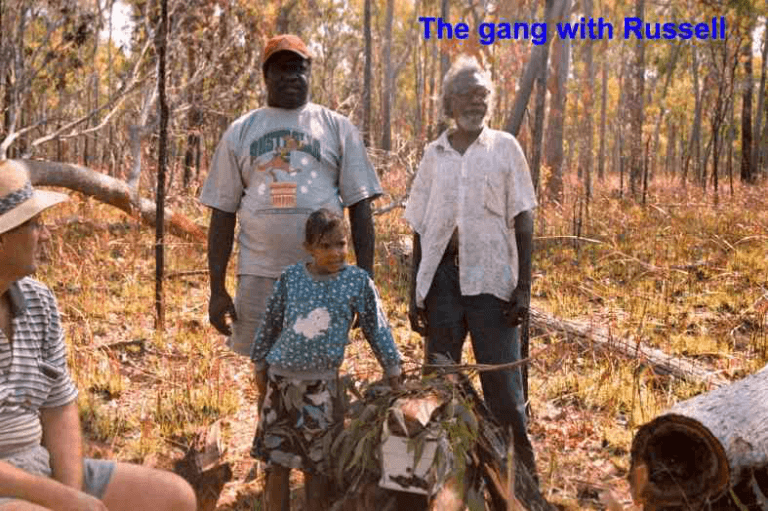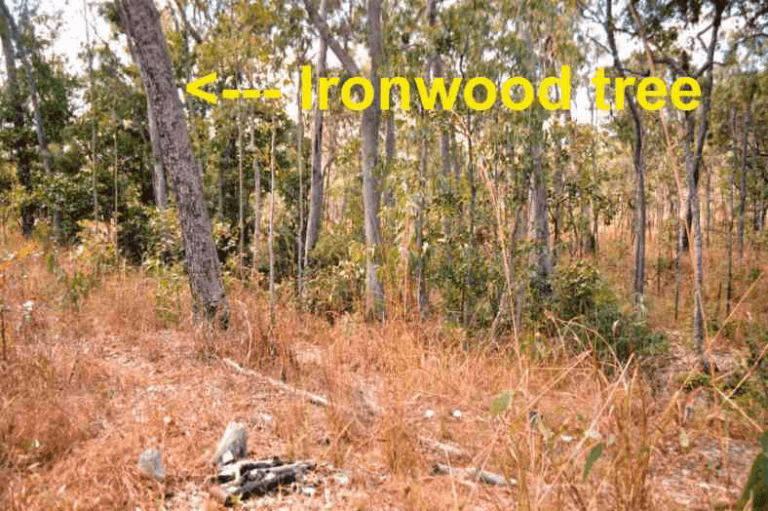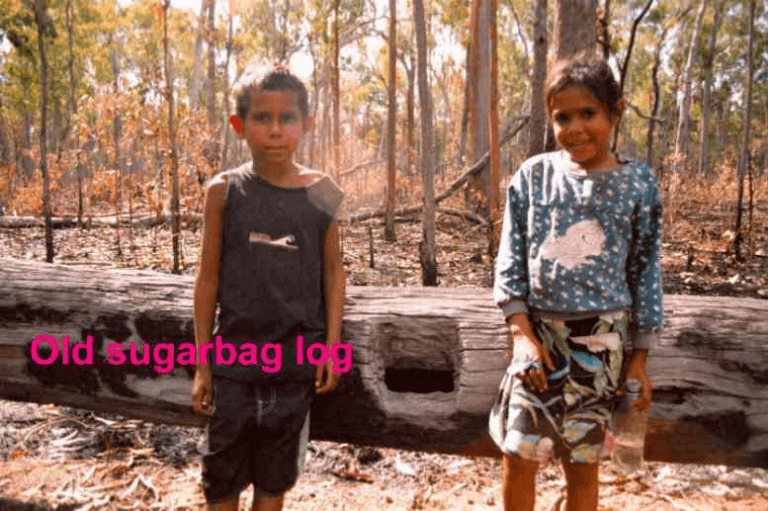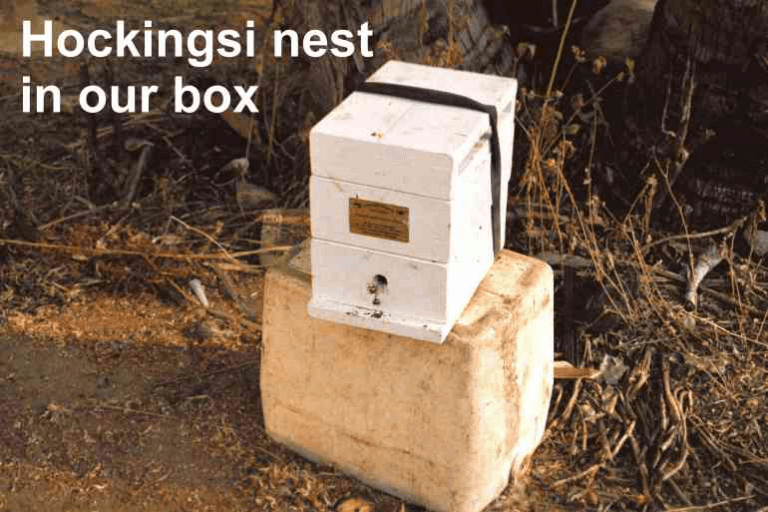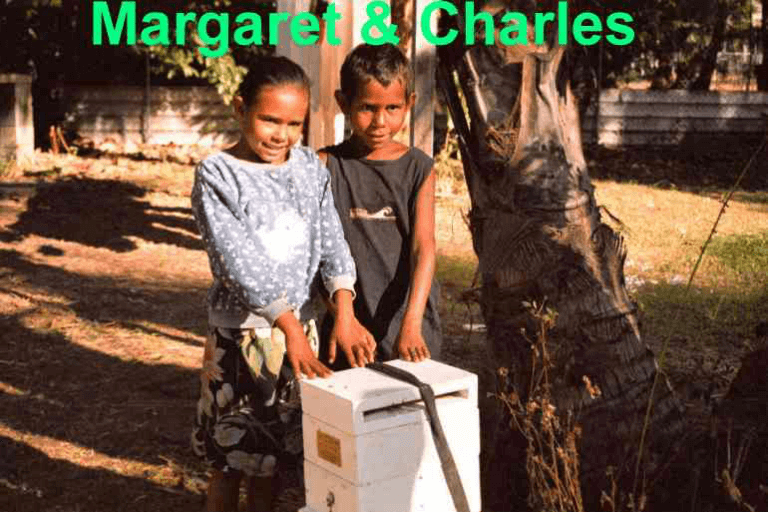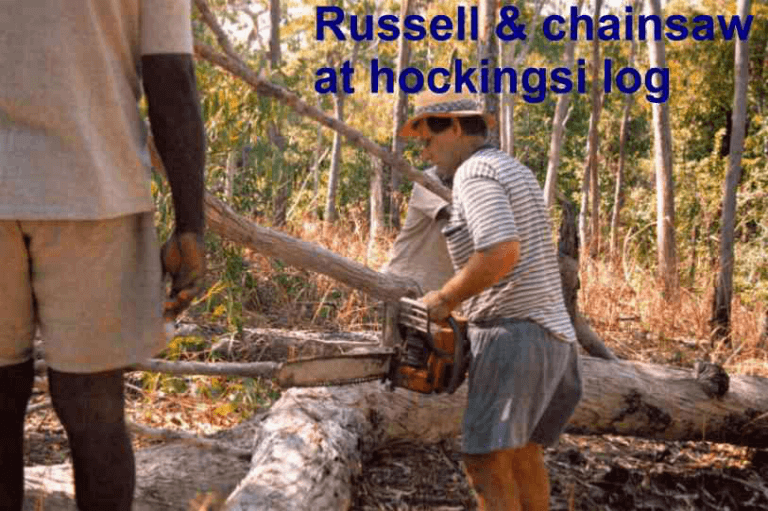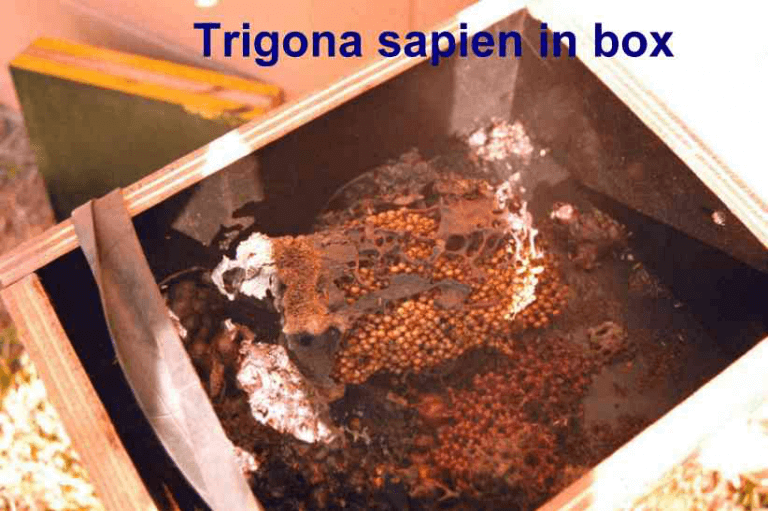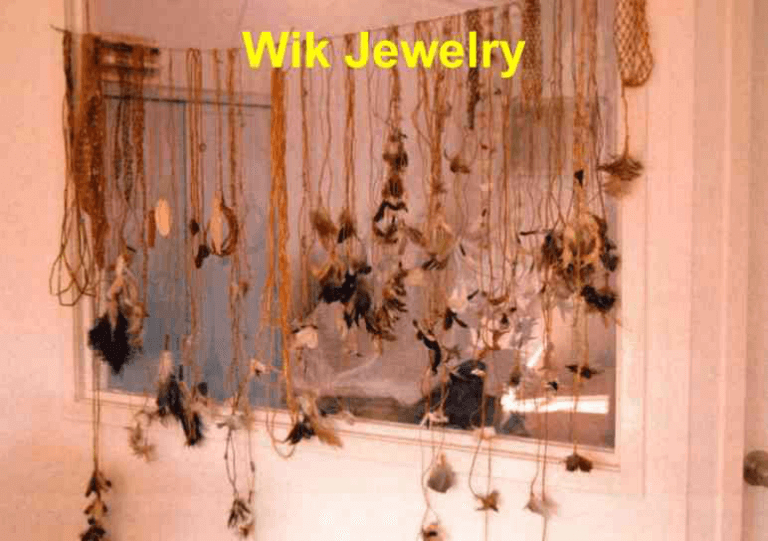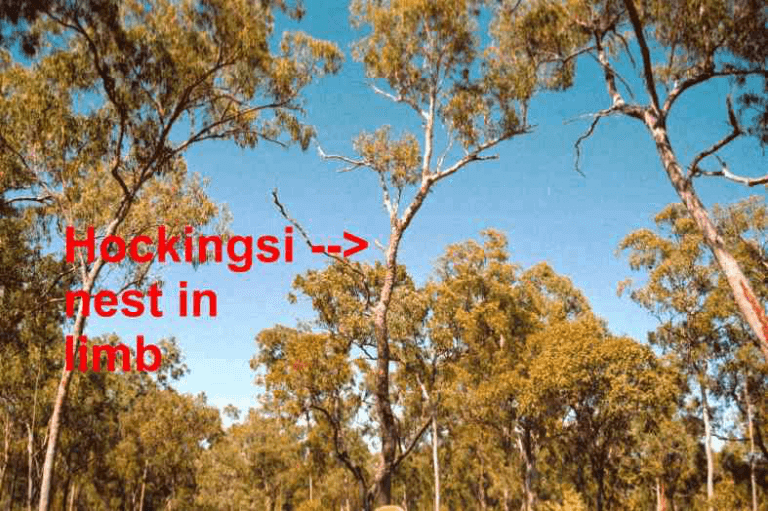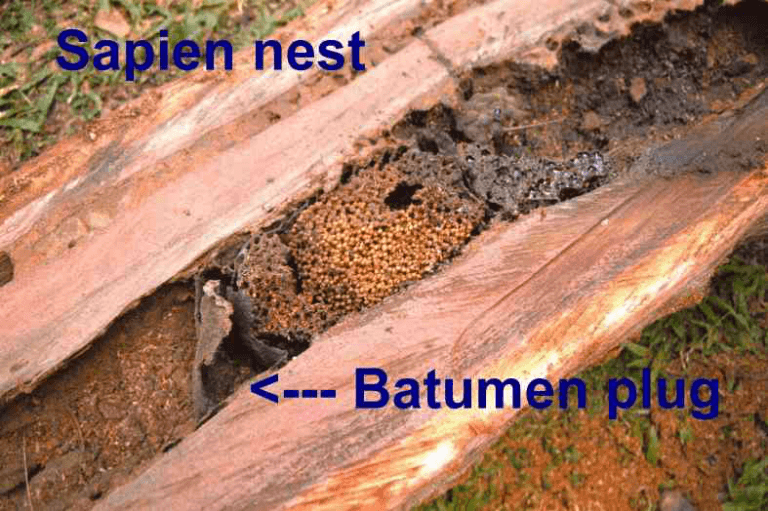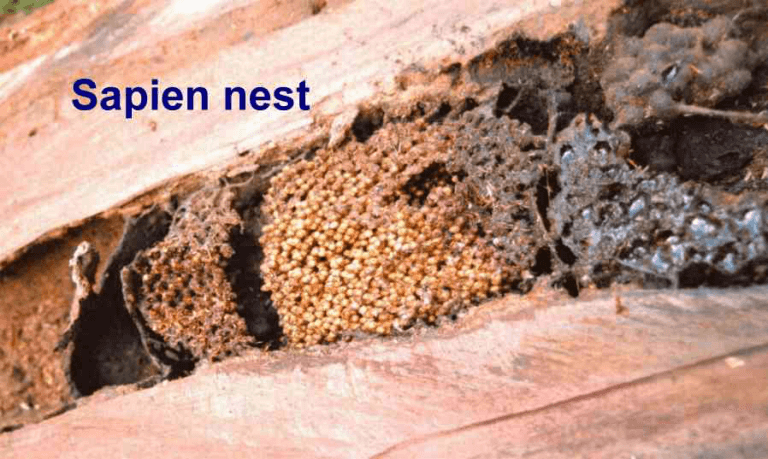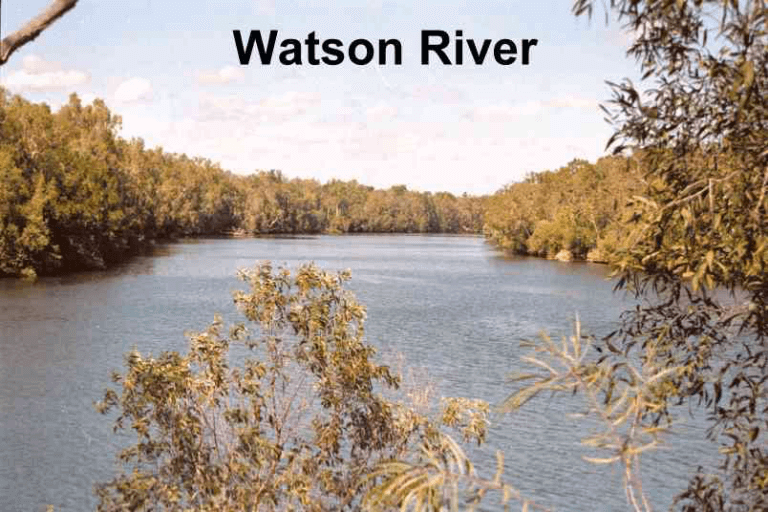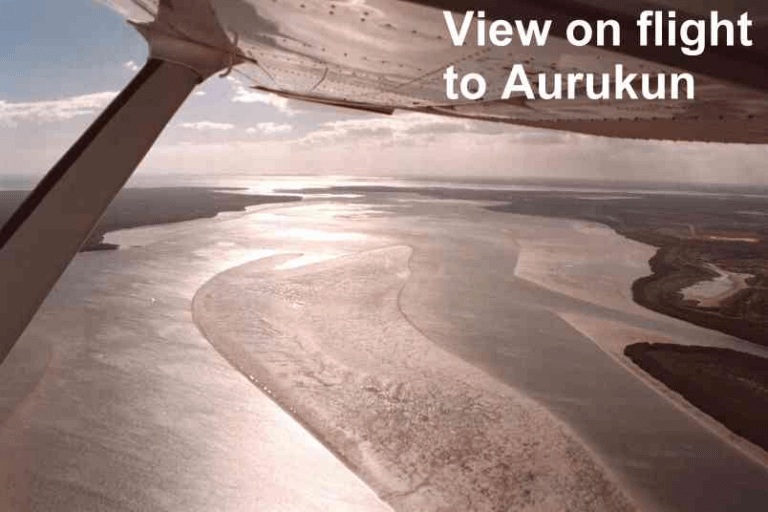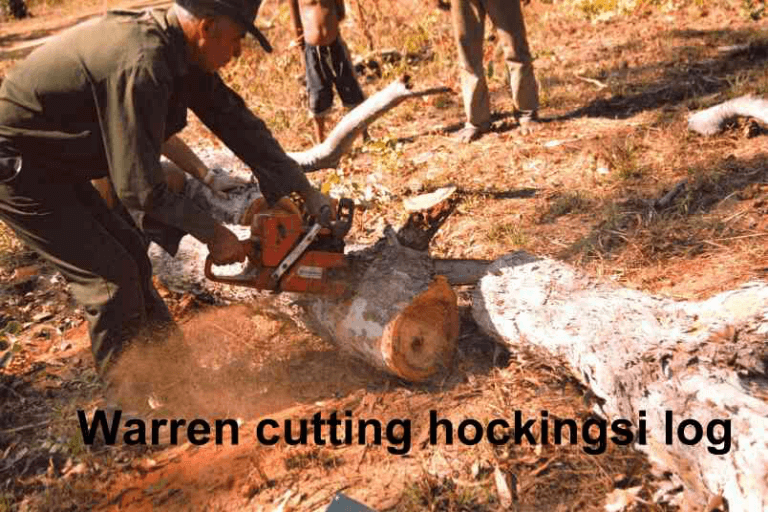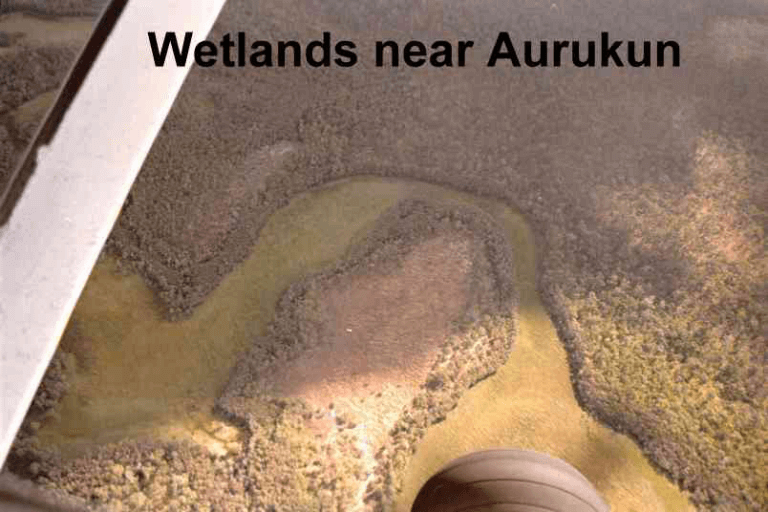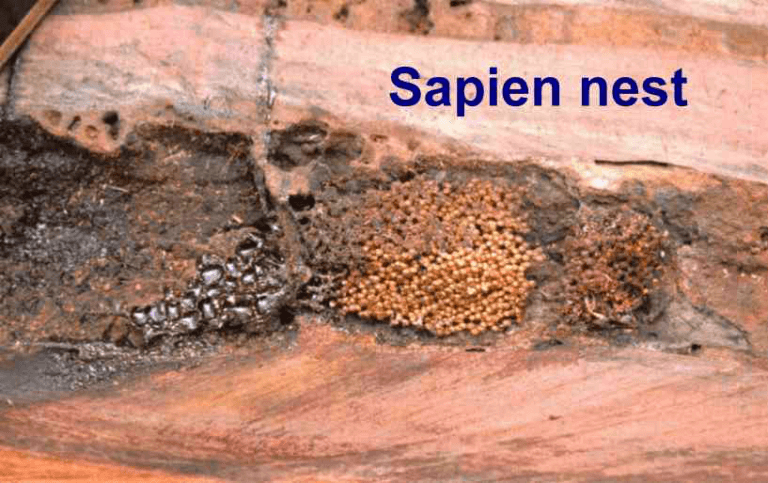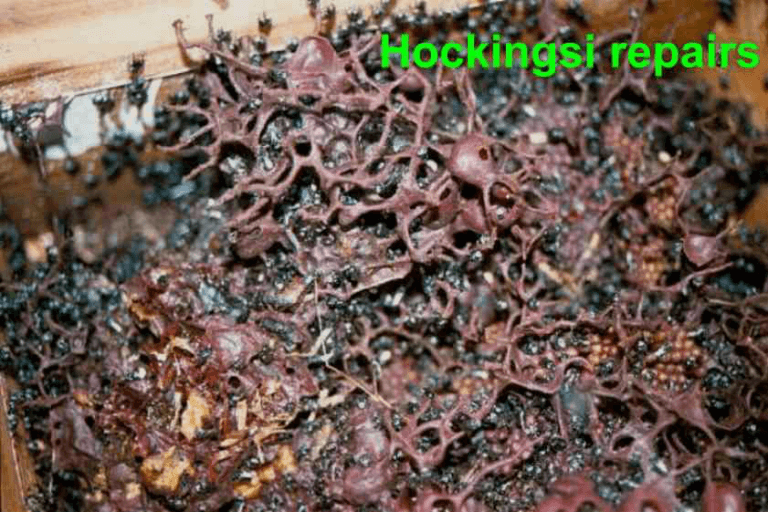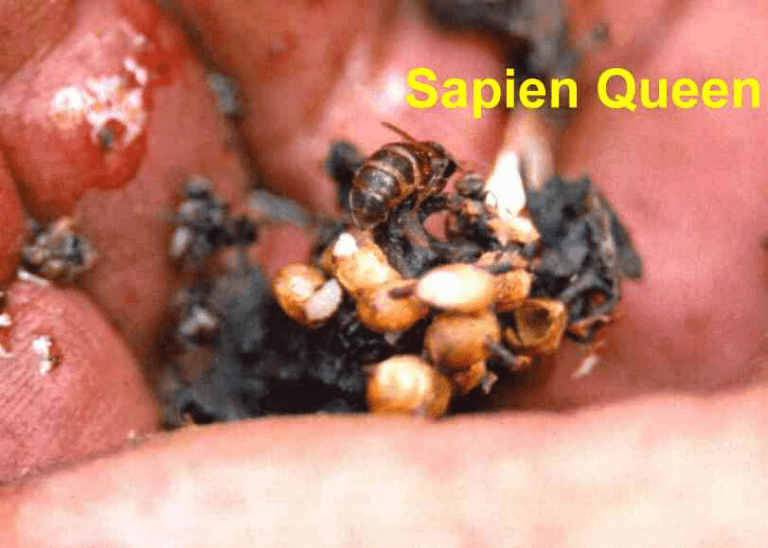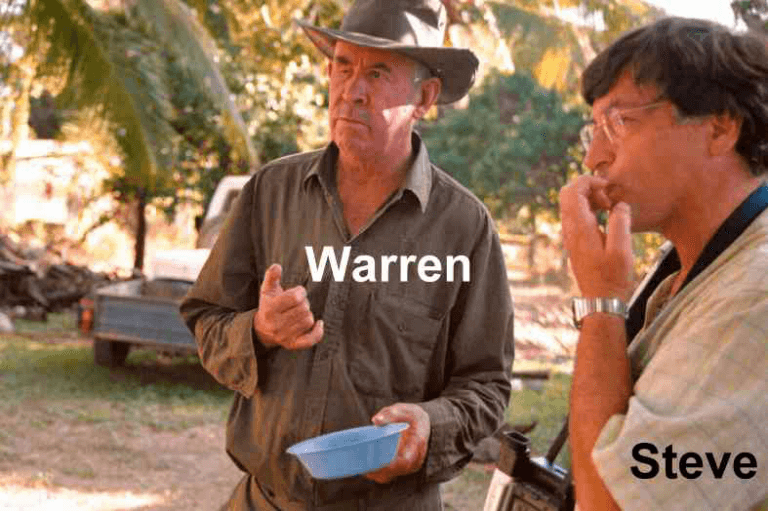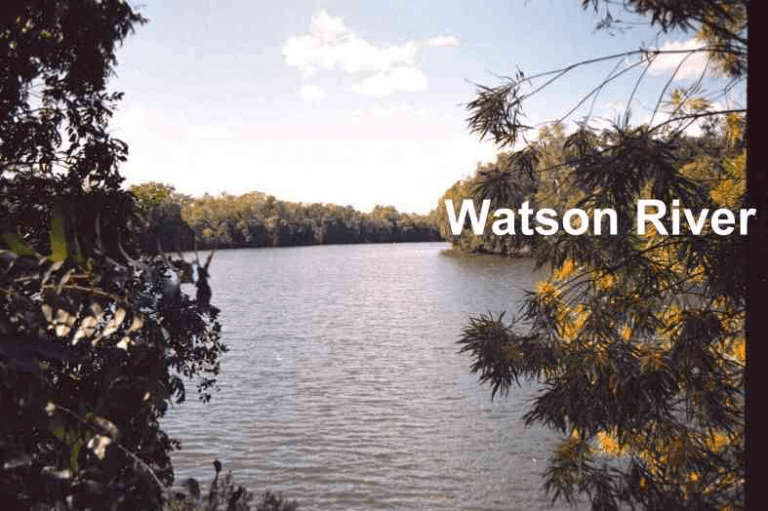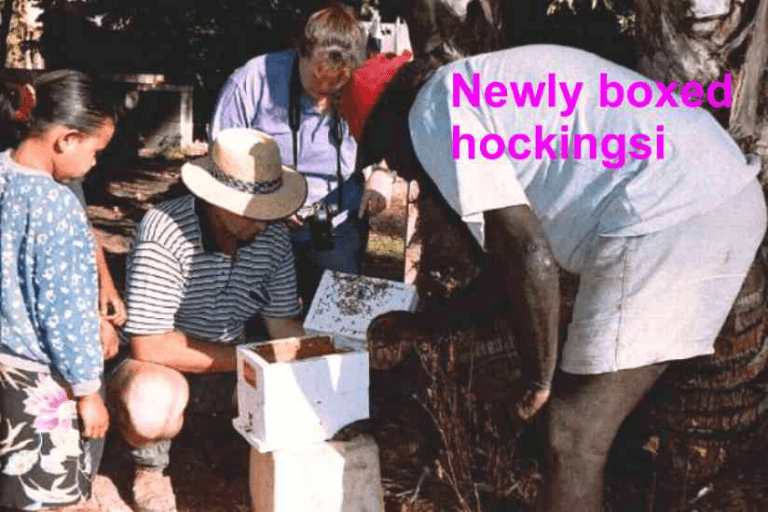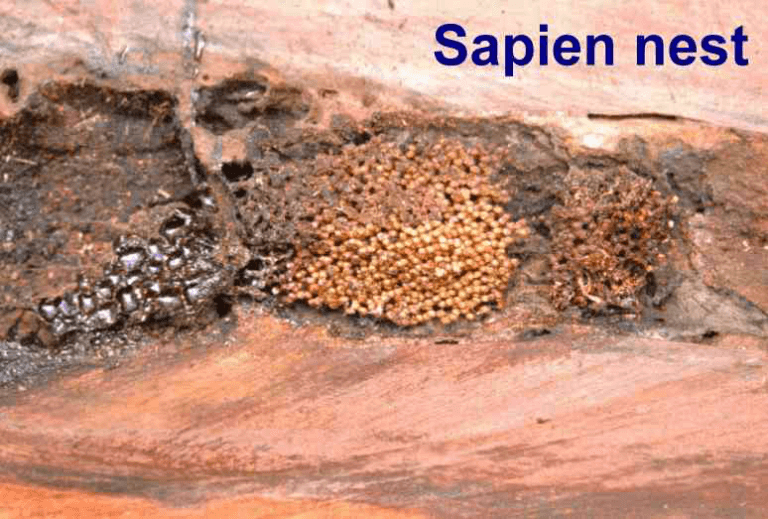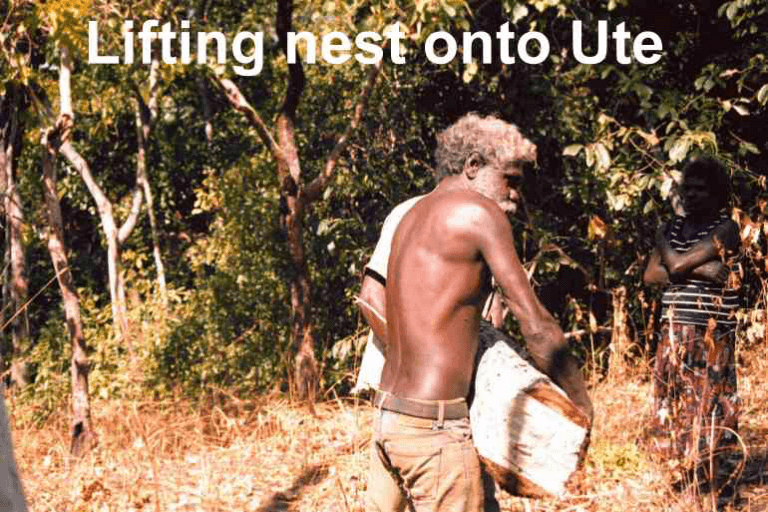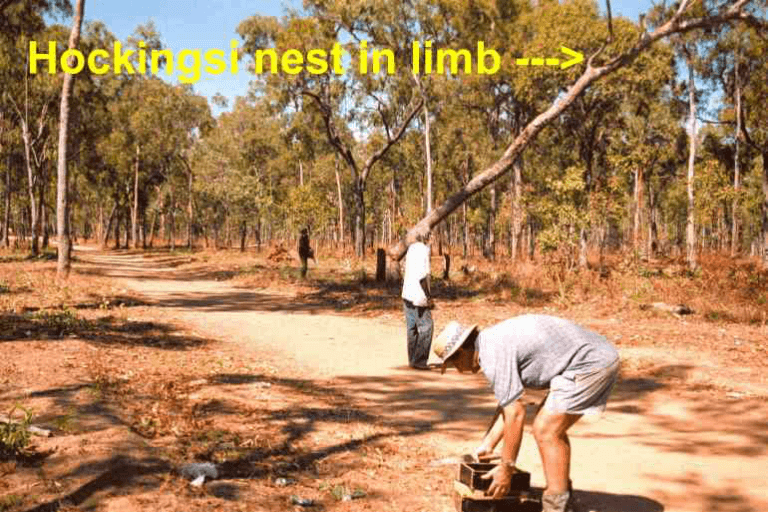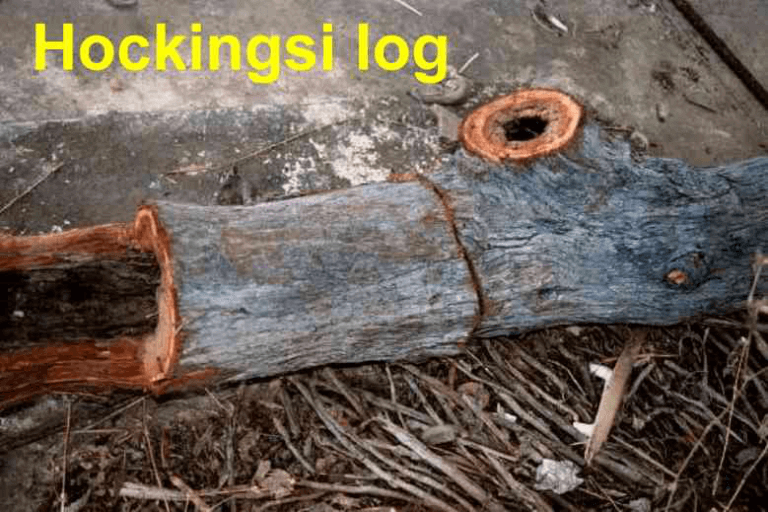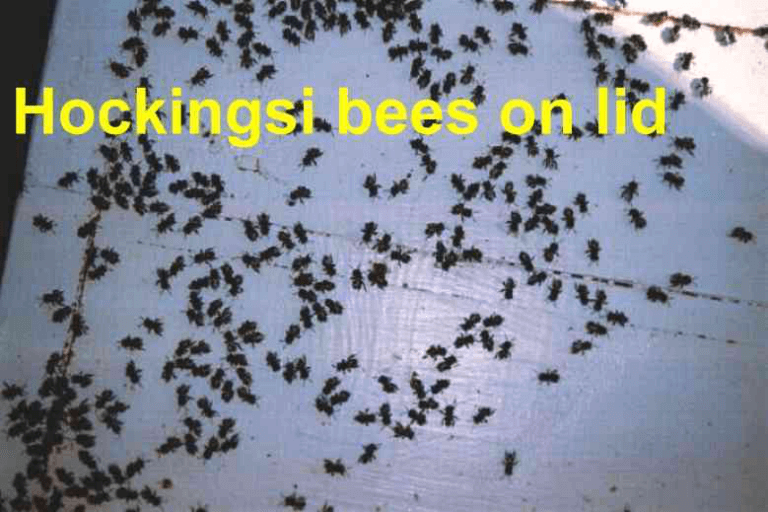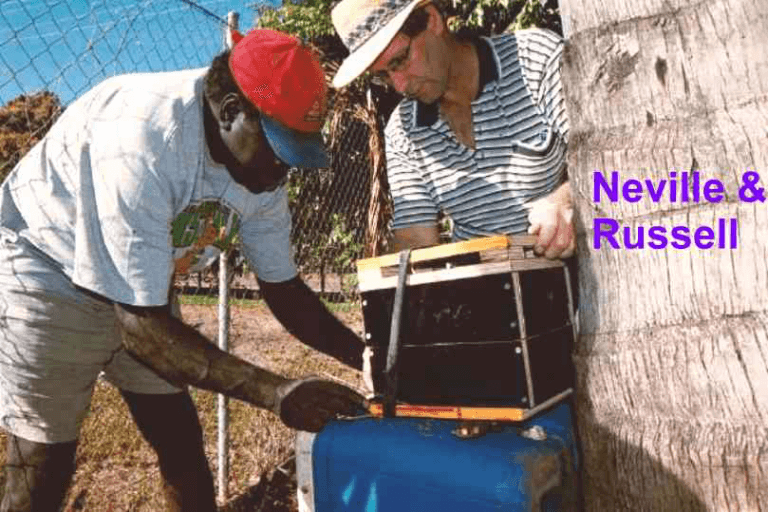Our Adventure to AURUKUN
Introduction
The use of native bees by the traditional WIK people of Cape York, has long been known and documented. Our adventure to the homeland of the WIK people proved to be both interesting and exciting.
Background
Aurukun is situated approximately 100 km south of Weipa in far North Queensland. The town faces west to the Gulf of Carpentaria. It is a 25 minute flight from Weipa and nearly a 2 hour flight from Cairns. By road, it is approximately 12 hours from Cairns. In the wet season, the roads are impassable. Aurukun is isolated by distance from our way of life.
The population of Aurukun Shire is approximately 1100 people, with approximately 900 indigenous individuals who belong to 5 distinct tribal groups. The traditional language is predominately WIK Munkin with a mixture of other dialects. English is taught in the school. Due to the remoteness, employment opportunities are virtually nil unless one leaves the town. The entire area is rich in Bauxite.
The First Encounter
Our web site attracts people from all walks of life, and most have varied agenda. Steven Rothfield from Melbourne approached us after visiting our web site. Steve is involved with helping the indigenous people of Aurukun. An entrepreneur, Steve devotes his time in developing Aurukun’s potential as a tourism industry. Currently, he is assessing the opportunities for tourism at the outstations remote from the township of Aurukun. The outstations are being equipped with 240V power, and are able to receive telephone and television. Locals will then host visitors, who will enjoy the wonderful scenery and indigenous hospitality.
Steve contacted us in early 2002 to discuss the possibility of developing a small business using the sugar bag bees of Aurukun. We explained the products available from the bees, and the potential for the bees of Aurukun.
We had no contact for months, until Steve contacted us again. He was more serious and a little better informed for our second conversation. He had been to Aurukun to “sus” things out properly. “What can we do, when can we go, how much will it cost, where can we get funding??” were some of the questions asked.
The Next Step
Steve said to contact Ron Billyards at Aurukun. Ron is the manager of “Land and Sea Management” of the Aurukun Shire Council. We spoke about the potential of the development of keeping sugar bag bees in boxes. There was the opportunity for the traditional keepers of sugar bag bees to start a small business. It is possible to harvest honey and propolis. The WIK people could also sell the nests to orchardists in North Queensland.
After some discussion, Ron said “Let’s do it”. When can we come? I said the second week of the mid year school holidays. It was set. The 1/7/02 to the 5/2/02. Just 5 days, with 2 days of travel. Air tickets were provided for both Janine and I. Plans of the bee boxes were faxed to Ron for prior construction.
The Journey
We left at 4.30am on the 1/7/02 from Gatton, SE Queensland for the car trip to the Brisbane Domestic Airport. Our luggage included a camera, microscope, photographs, books and 2 empty bee boxes amongst other things. We left at 7.30am on a Qantas flight to Cairns. A Qantaslink to Weipa arrived at 2pm. A small single engine plane was waiting for us to take us on our 25 minute flight south to Aurukun. What great scenery!!
Our Arrival
We arrived about 3pm. We were greeted by the local police who were monitoring the importation of alcohol and drugs. What a welcome! Ron and his helpers arrived. We met Joshua and Uncle Joe. We were taken to our accommodation (donga) and tried to settle in. We were told that there was a new double bed! We were provided with some food and bed linen.
The weather was warm. We came from -1°C in the mornings to an Aurukun morning of 16°C. We slept with a sheet on. The days were beautiful. A warm 28° – 30°C. Very comfortable for winter, but summer is hot and humid. July is a good time for bees.
Our Role
We were to find nests of sugar bag and place the nests into boxes. We showed the people how to do transfers from the logs and to successfully install into our box design. I had faxed two designs up to Ron. The OATH (Original Australian Trigona Hive) design of 7 litres and a larger hockingsi version of the OATH.
The Bees
The predominate species is Trigona hockingsi. (Wik people call them “My att”) All species were found nearby to permanent water. The hockingsi that were located, were found in live yellow stringy bark gum trees. Trigona sapiens (Wik people call them “My what”) is also quite common. These are an interesting species. The cerumen is typical of Trigona but the brood is like Austroplebeia. We found 2 nests and placed into OATH boxes. We found a T. hockingsi nest close to town, and place it into a box. On our return for a follow-up inspection, I noticed “the fly” (Yes, the wasp mimicking fly is there too) visiting a section of a branch. I had a look. There it was. A Trigona clypearis. (Wik people call them “My coyan”) The hollow was one pollen cell wide by about 1.5 metres long. These bees are so small. While walking around, I actually found another nest. What a gold mine. Uncle Joe said that there was a 4th species which we believe is Austroplebeia symei.
The Traditional Keepers
Uncle Joe is a tribal elder. He is a small proud man with much traditional knowledge. He knew all the names. His wife, Rotunda, also came to help. Joshua and his wife were there for us as well. Joshua is the council ranger. Neville is the council liaison officer and coordinates the work done by the indigenous people at the council. Uncle Joe, Joshua and Neville were the people who made it work.
Our Other Helper
Our contact with Warren Strang made our job so much easier. He was of European decent. He was the “go get” person. He found things. He organized things. He helped us. He took a keen interest. Thank you Warren!
The Depot
Most of the nests ended up back at Ron’s place. We were there a lot. We stored the equipment there also. Ron’s wife, Fiona, must have felt a little trespassed with a dozen or so people walking around her private yard. We kept at least 8 nests there. There were 3 at Neville’s place.
The Transfers
Ron had a T. hockingsi is his yard for months. He knew we were coming. We did the transfer into our OATH box on the second day. Just fitted good. Those hockingsi are savage little creatures. Even the indigenous people were stressed out with the attacks. Tea tree oil and bee nets helped.
It was a simple transfer. Brood first, then the supplies. Resin around the entrance worked well to attract the workers inside. We had a look two days later, to discover that it was all cleaned up, and the queen was busy with egg laying already.
The Nests
T. hockingsi is the species that will be used for commercial purposes. We believe that the 7 litre OATH box will be most suitable. The wild nests collected, did not seem to need a larger volume. If necessary, a honey super would be best to provide more space.
The Country
There are two seasons. Wet and Dry. Wet means wet. Rain for weeks. Dry is dry. No rain for months. There is either 1 metre of grass in the wet or no grass in the dry. The people burn all the grass during the dry season. This helped to avoid the Taipan. Winter is the dry time.
The country is open forest gum trees. Ironwood, stringy bark, wattles and some scrub trees. There are major rivers full of fish and crocodiles. It is truly spectacular country. The scenery is postcard stuff.
Spotting the Nest
The bees live in live stringy bark trees. The entrances were not low, with heights from 5 metres and up. Due to annual burn offs, dead trees were not considered suitable (The bees must know). The entrances were either small knot holes, with resin surrounds, or just open ends of hollow broken off branches.
Spotting the nests were not easy. The bees fly differently. The traditional people can see the glistening wings of the bee in the sunlight. Neville said he can feel their presence as he walks past a tree. I did not spot any, but Janine found a T. sapiens. The people laughed and laughed, as it was not a woman’s job to find bees. Well at least not a white woman. This is men’s work!
The Future
We left with great memories. We left knowing that we crammed a lot into 3 days. We hope that the nests survive and prosper. We know that the people love their bees. They’ve kept them for thousands of years.
The plan is to return in 2003, for a 2 month period. We need to investigate the potential for honey production and uses. We will need to package the honey and sell to restaurants and health food outlets. Just think! “Genuine WIK sugar bag honey from Aurukun!” Cerumen resin can be used for glue on spears, didgeridoos (not used up here!) and ornamental stuff. The bee nests can be sold to North Queensland orchardists. The pollen is a health food. There is huge potential.
Russell & Janine Zabel
3597 Warrego Highway
Hatton Vale
Queensland 4341
Australia
Russell & Janine Zabel
3597 Warrego Highway
Hatton Vale
Queensland 4341
Australia
Get the Buzz
Subscribe to our newsletter

